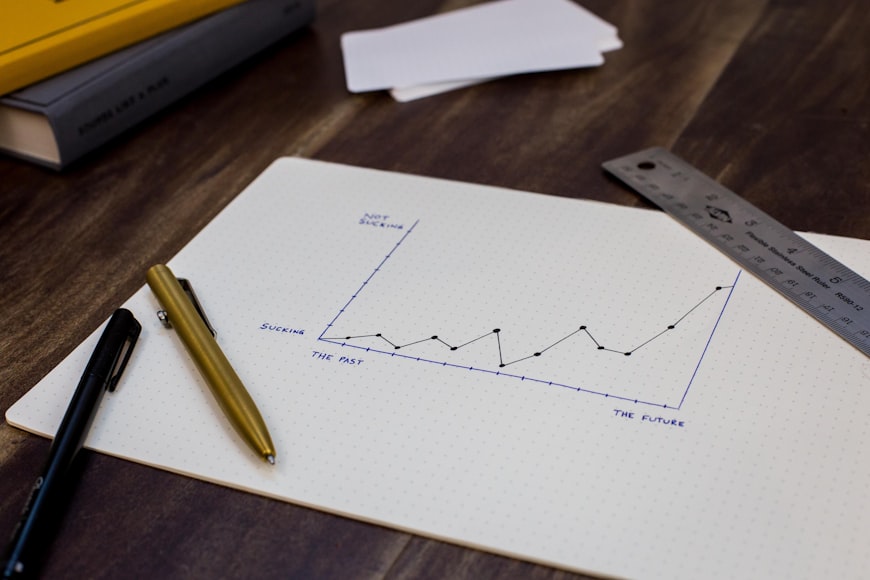Data and analytics are powerful tools that can help you streamline your business processes. By leveraging data and analytics, Optymyze CEO says you can gain insights into how your customers interact with your products or services, what drives the success of your business, and where there are opportunities for improvement. This blog post will explore eight tips to help you use data and analytics to improve your business processes. So read on to learn more about using data and analytics to improve your business processes!
1. Define Your Goals
Before making changes based on the data, you must define clear goals for your business. This will help ensure that any changes align with the organization’s overall objectives. Additionally, having a clear plan in mind will make it easier to measure the success of any modifications you make.
For example, if your goal is to increase sales, you may want to analyze customer behavior and identify opportunities for improvement in the sales process.

2. Collect The Right Data
Once you have established what goals you want to achieve, it’s time to start collecting relevant data. You may need to collect customer feedback or financial information from different departments within your organization. Access to this data will enable you to identify trends and patterns that can be used to inform decision-making within the organization.
One of the benefits of collecting data is that you can use it to make more informed decisions. This can help reduce the amount of time and money you spend on activities that don’t yield desired results while also increasing the chances of success for those activities that do.
3. Analyze The Relevant Information
Once you have collected the correct data, it’s time to analyze it to gain insights into how customers interact with your product or service and how different effective processes are within your organization. You can do this in multiple ways, such as conducting surveys or using predictive analytics tools like machine learning algorithms or artificial intelligence applications.
Another option is to use data visualization tools such as Tableau or PowerBI to create interactive dashboards that help you better understand the data.

4. Make Adjustments Based On the Findings
After analyzing the relevant information, it’s time to make adjustments based on the findings of your analysis. This could mean implementing new processes or changing existing ones to improve efficiency and effectiveness within the organization. It could also mean adjusting pricing models or marketing strategies to meet customer needs and demands better while still staying profitable for the organization.
For example, suppose customer feedback indicates that customers are dissatisfied with a particular product or service. In that case, you may need to adjust your pricing model or reevaluate the product’s features to meet customer needs better.
5. Track Performance
It’s vital that once adjustments have been made based on analysis results, performance should be tracked closely so that any further changes can be done quickly, if needed, without compromising on quality standards or customer experience expectations. This helps ensure that any improvements made by analyzing data remain consistent over time and do not deteriorate due to a lack of focus on tracking progress after implementation.
One of the main challenges businesses face when tracking performance is data silos. This can be avoided by implementing a centralized system that allows for the accessible collection and analysis of data from different departments within the organization.

6. Automate Where Possible
Automating specific tasks can save time and reduce errors associated with manual work. For example, automating customer segmentation, email campaigns, and digital marketing activities, such as retargeting ads, can help save time while allowing for greater accuracy. Additionally, automation helps free up resources to be used more productively elsewhere.
7. Review & Optimize
Once automation is integrated into some regions of workflows, ongoing review & optimization should be done regularly so that efficiencies continue improving over time & bottlenecks are avoided at all times. Reviewing & optimizing processes helps ensure smooth functioning (of operations ) & proactive problem solving (before issues arise).
Another option that can be used for this purpose is A/B testing. This involves running experiments on different variations of a product or process to see which one yields better results & making changes accordingly.
8. Implement Changes
Once the optimal solution is identified, roll out those changes across all relevant departments for them to take effect across the entire organization quickly and efficiently without disrupting existing operations too much during the implementation stage itself.
Conclusion
Optymyze CEO understands using data and analytics is an effective way of understanding how customers interact with products/services offered by businesses and identifying areas where change is needed for improved efficiency & effectiveness (of operations ). Companies can leverage their available data more effectively by following these eight tips. What’s more, when combined with automation & ongoing review/optimization, this approach has endless possibilities for improving business productivity & profitability.









